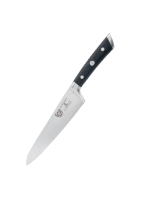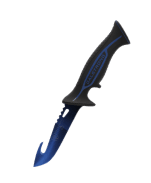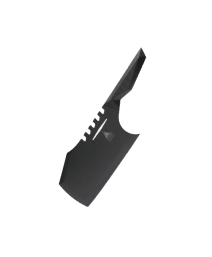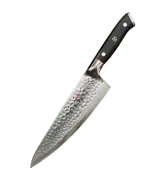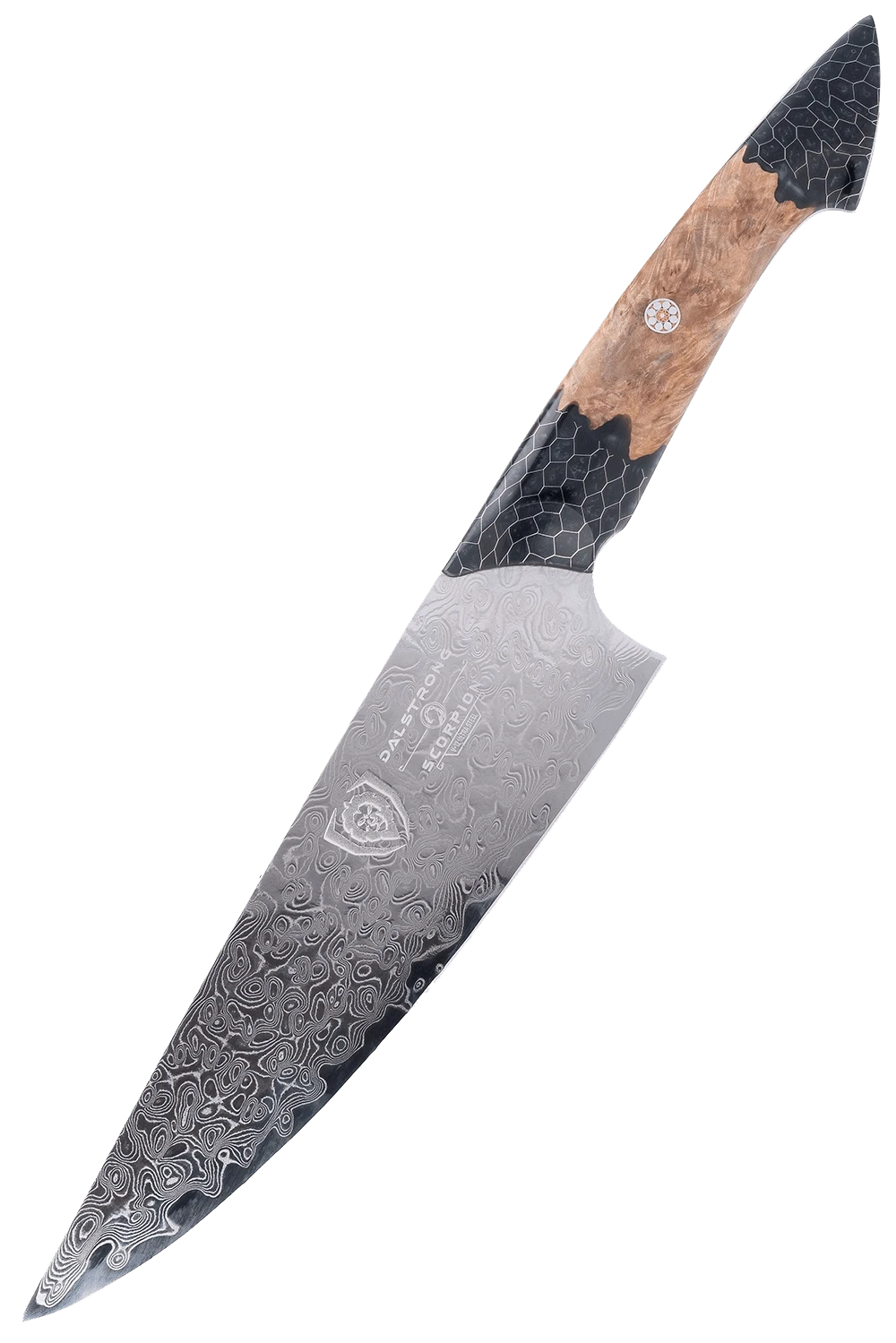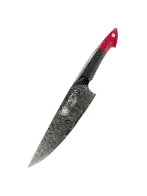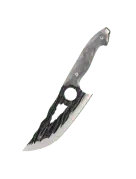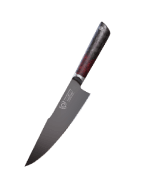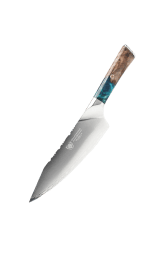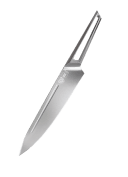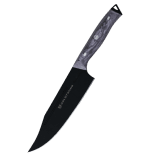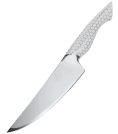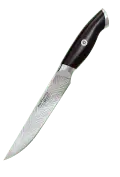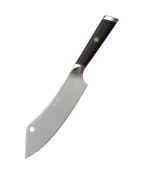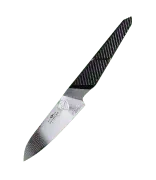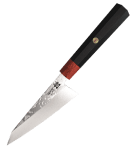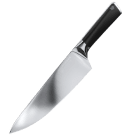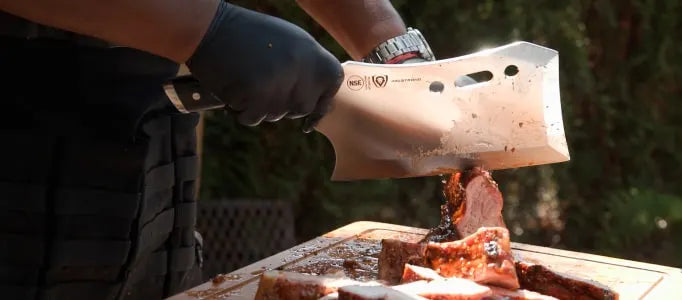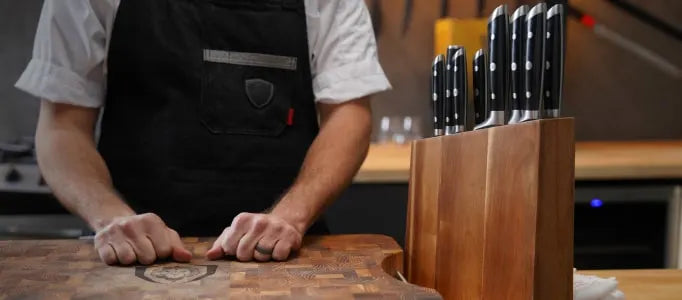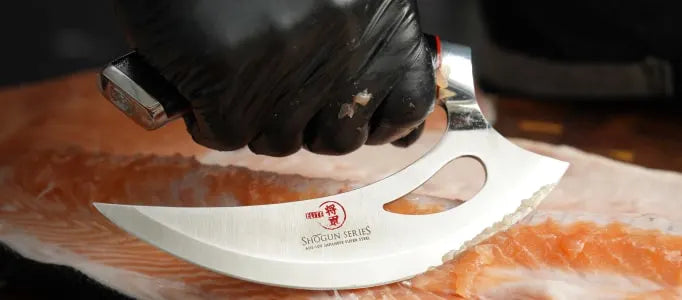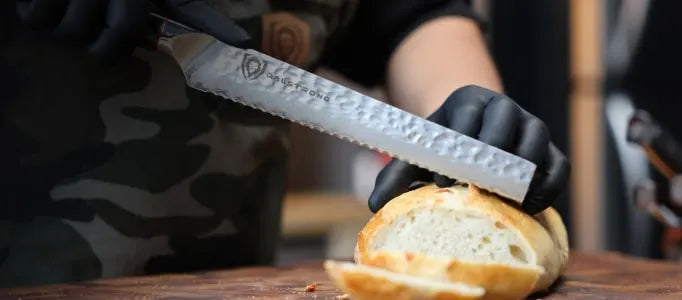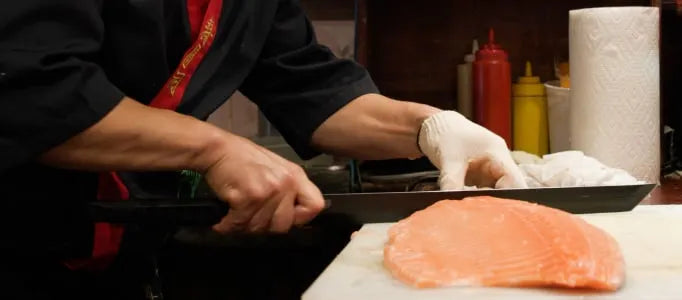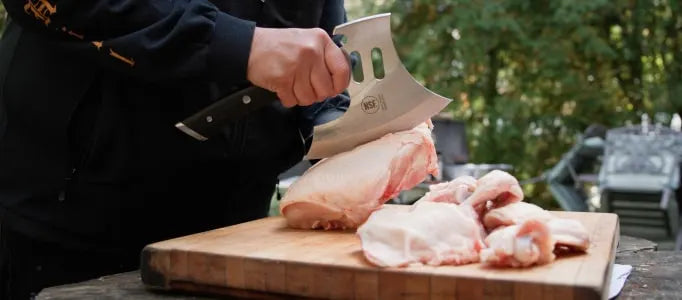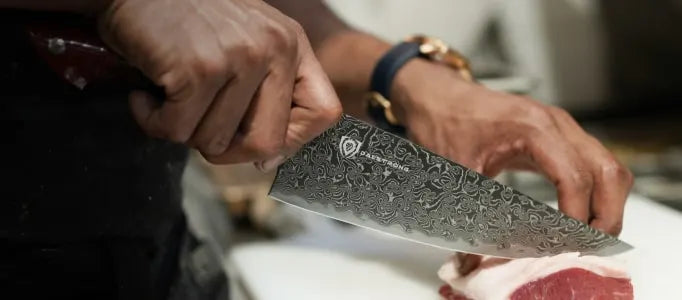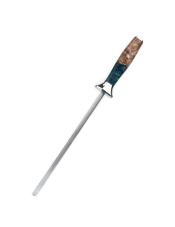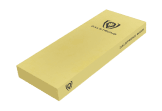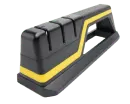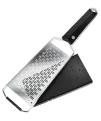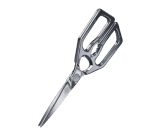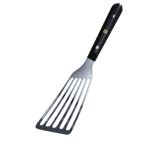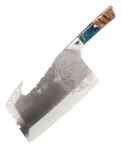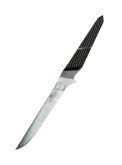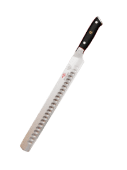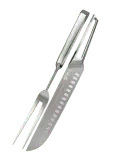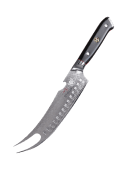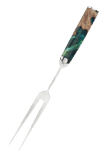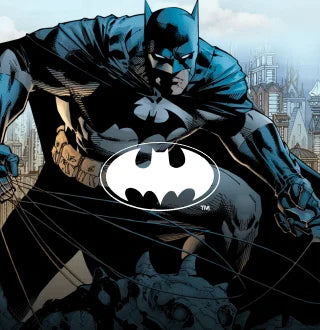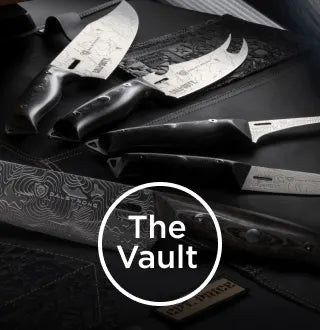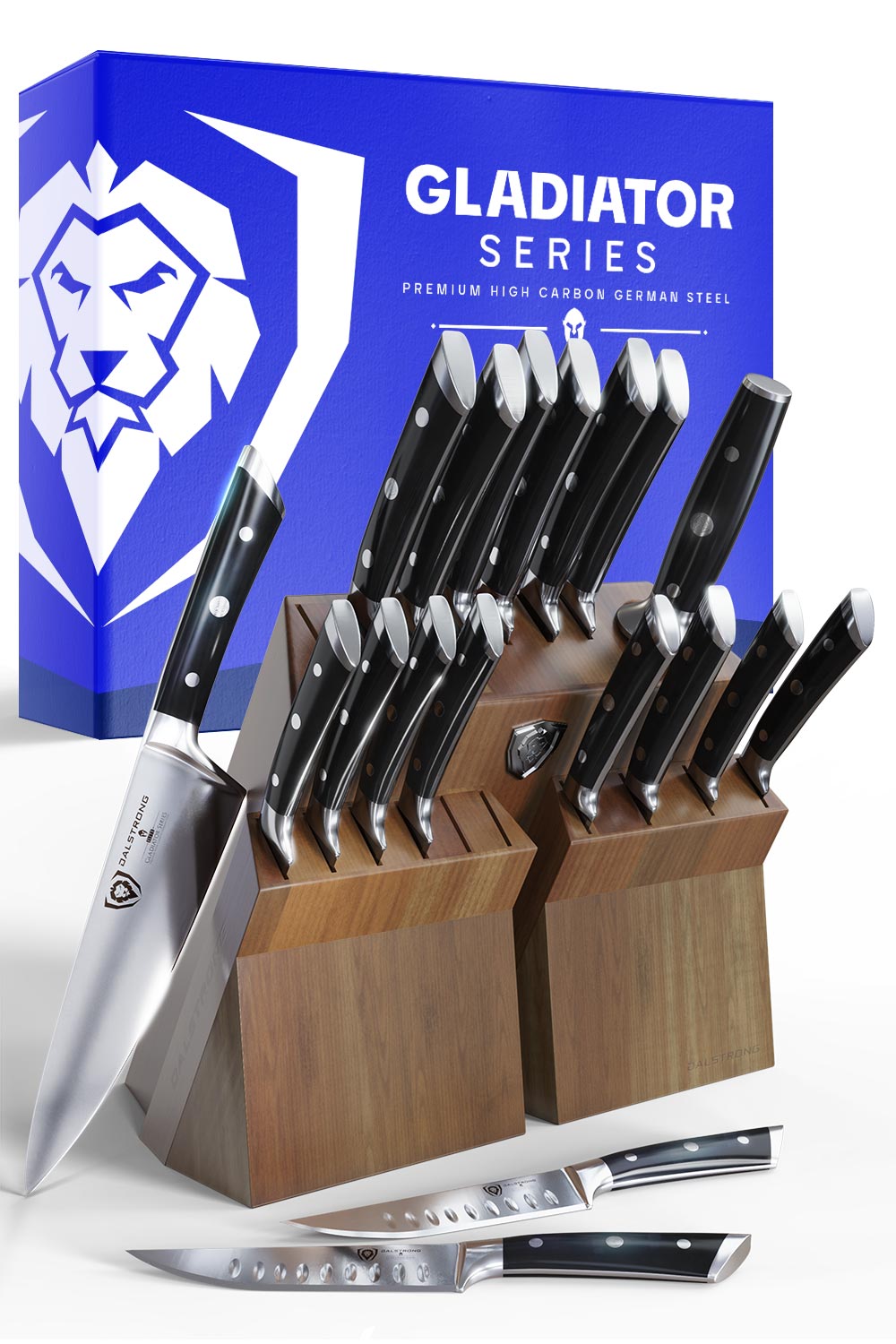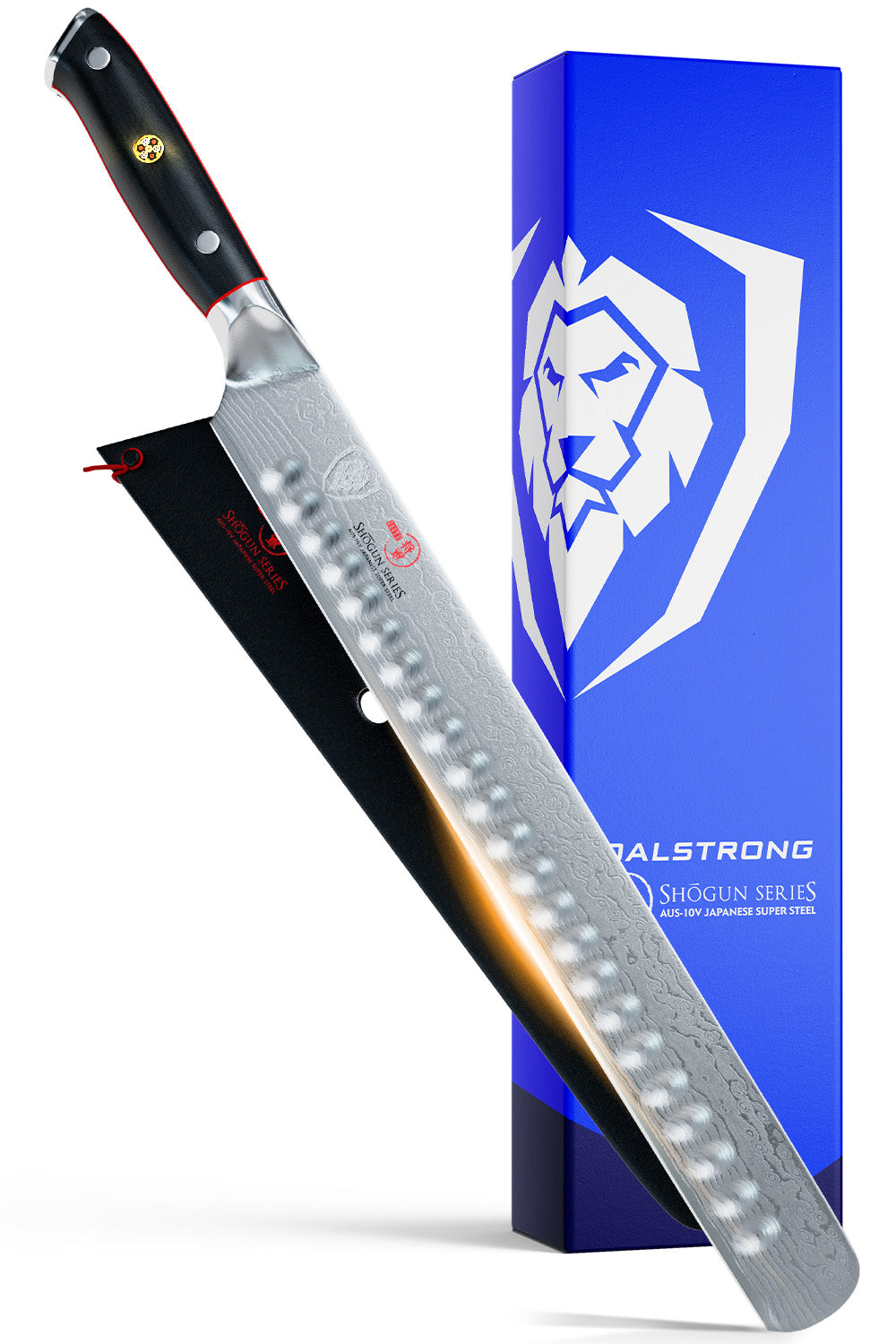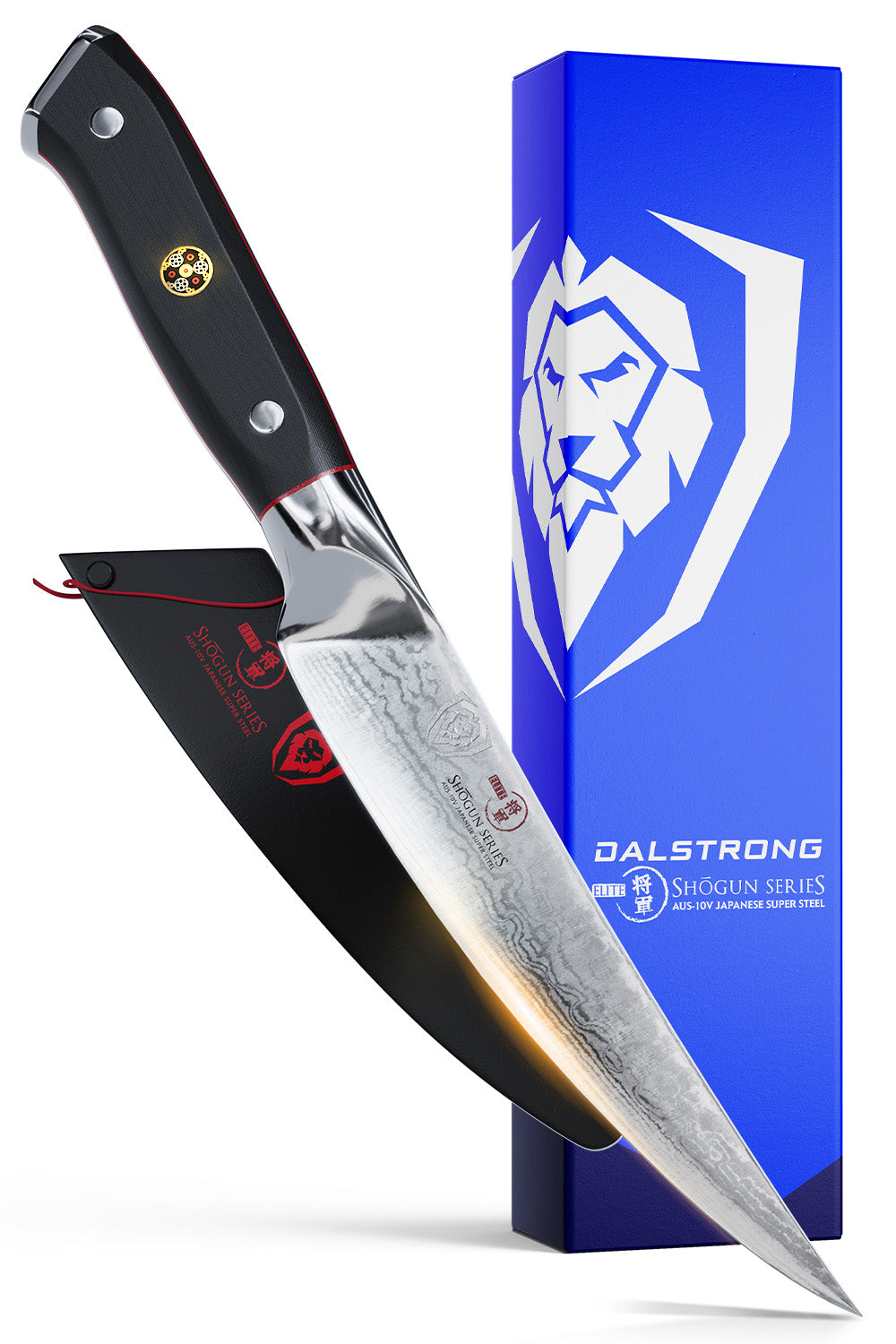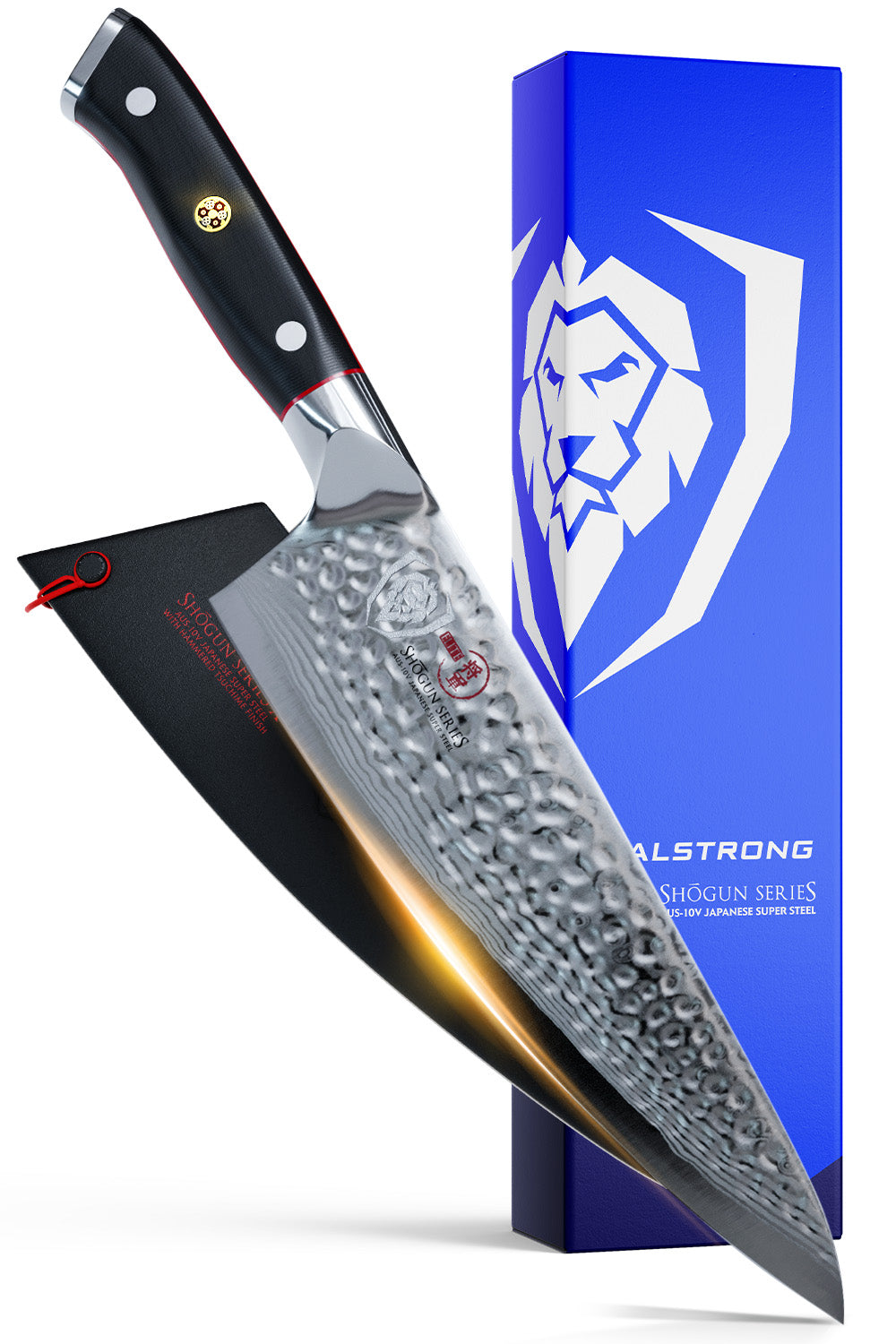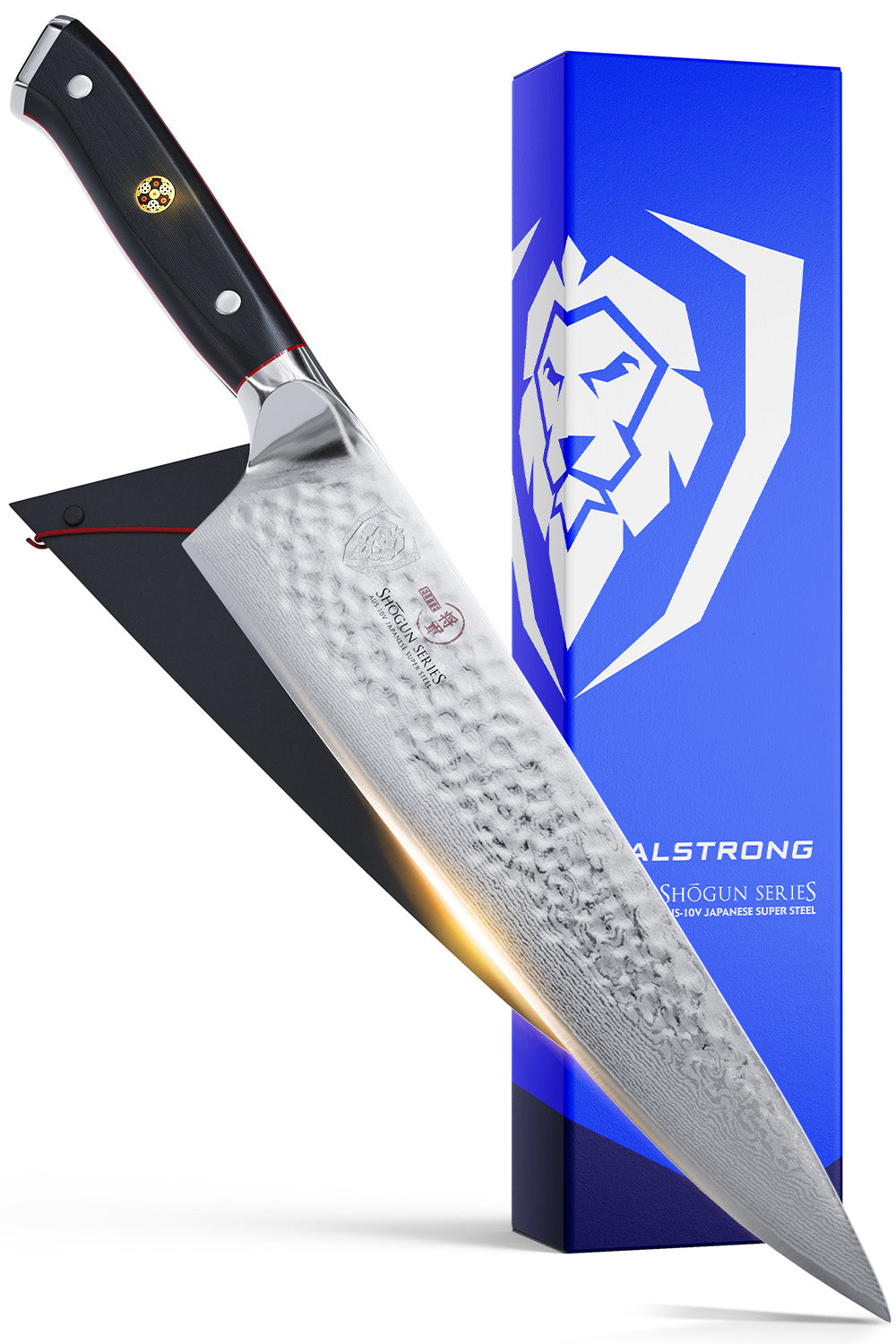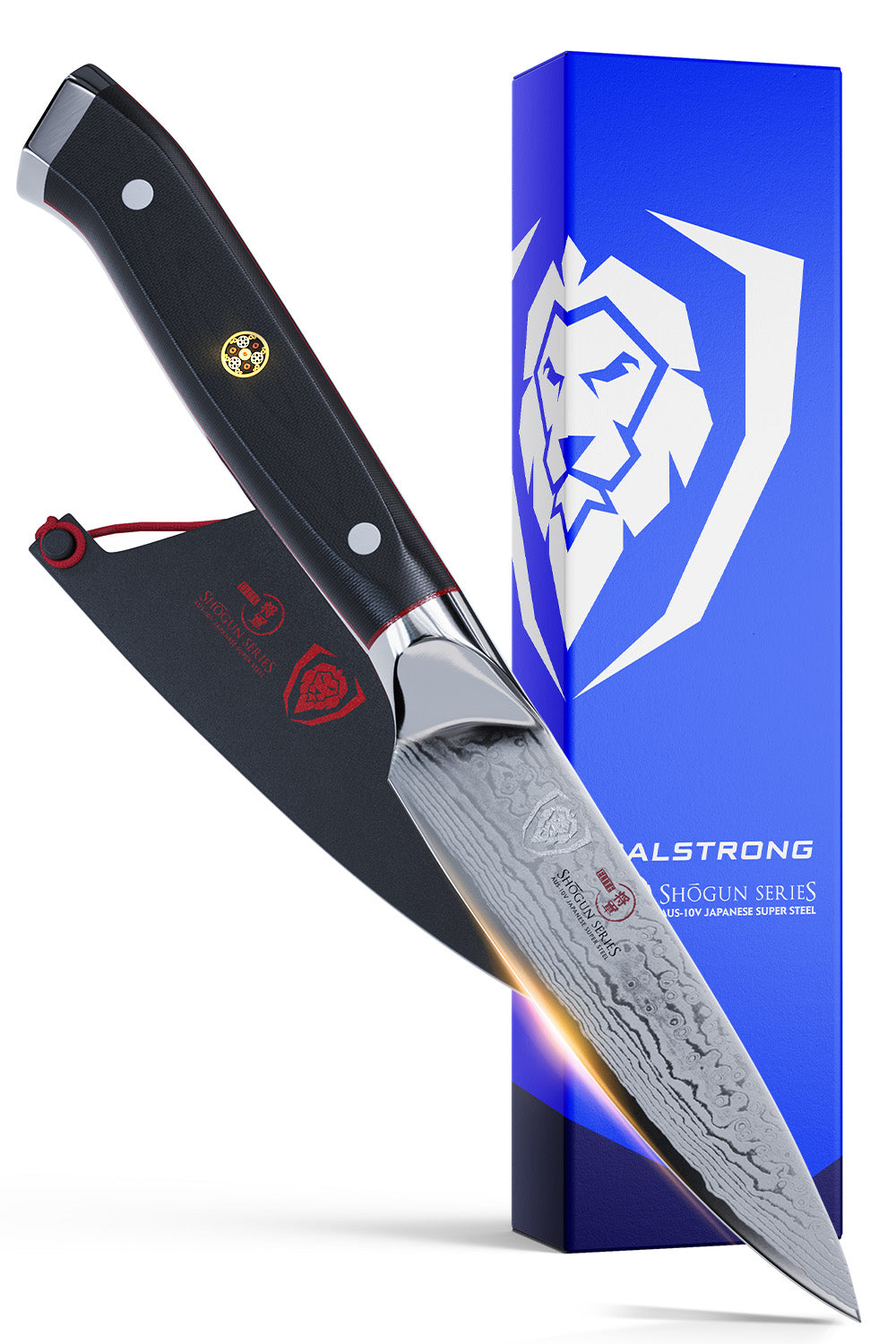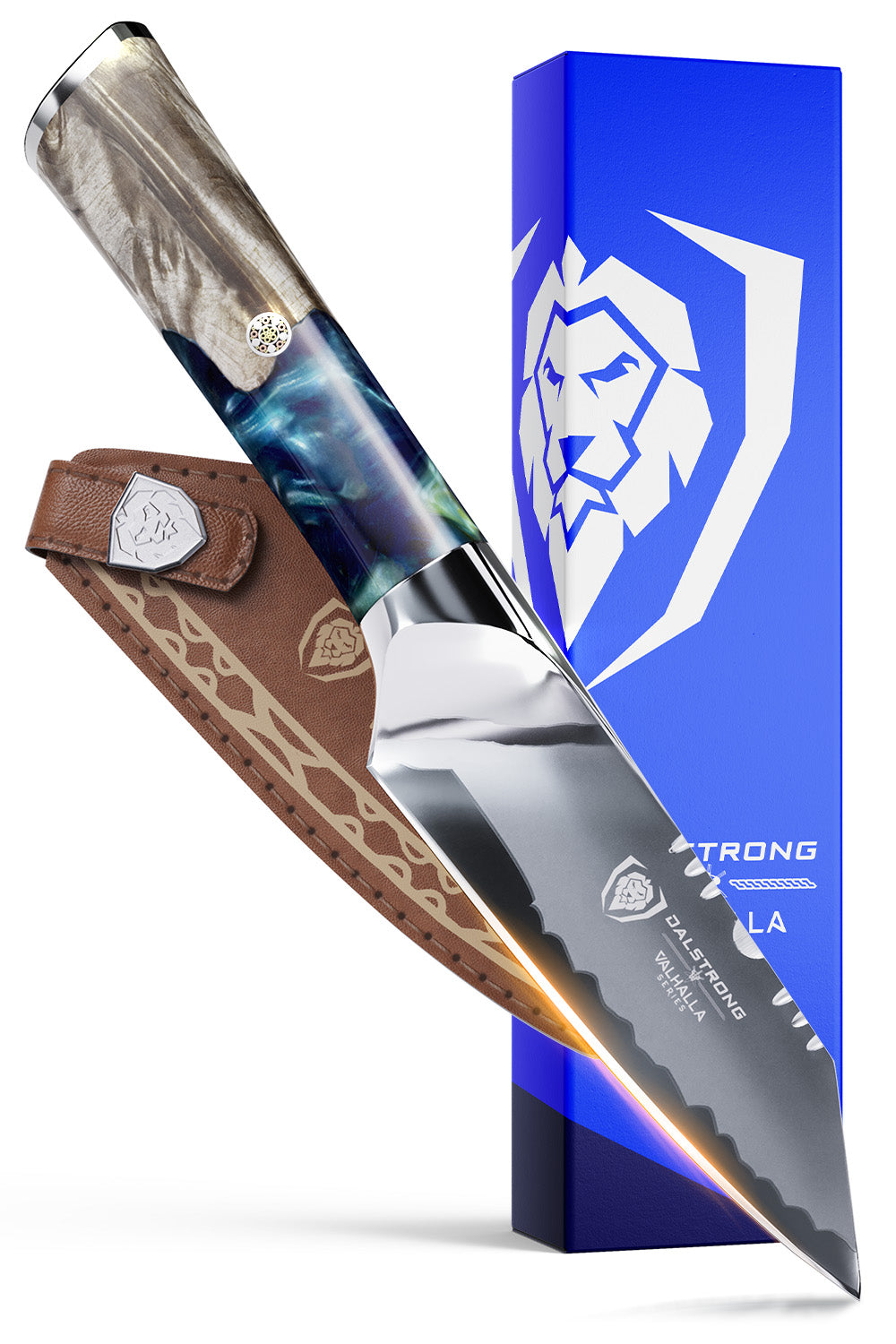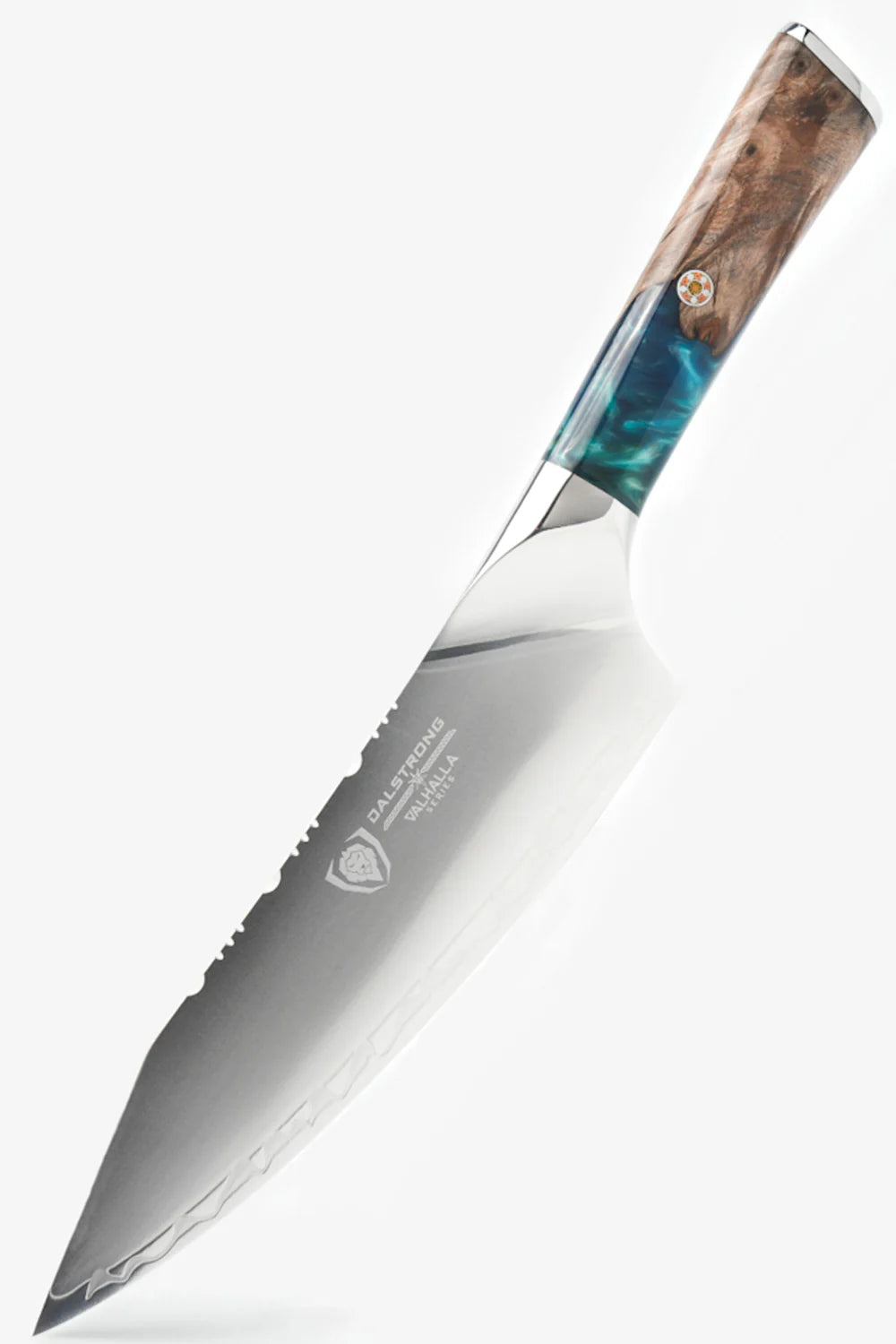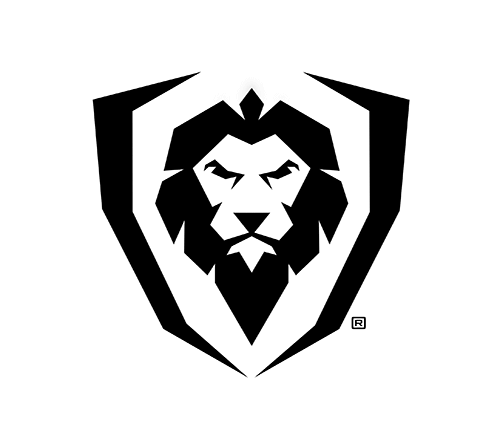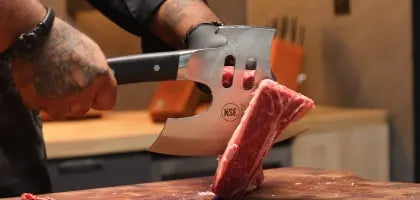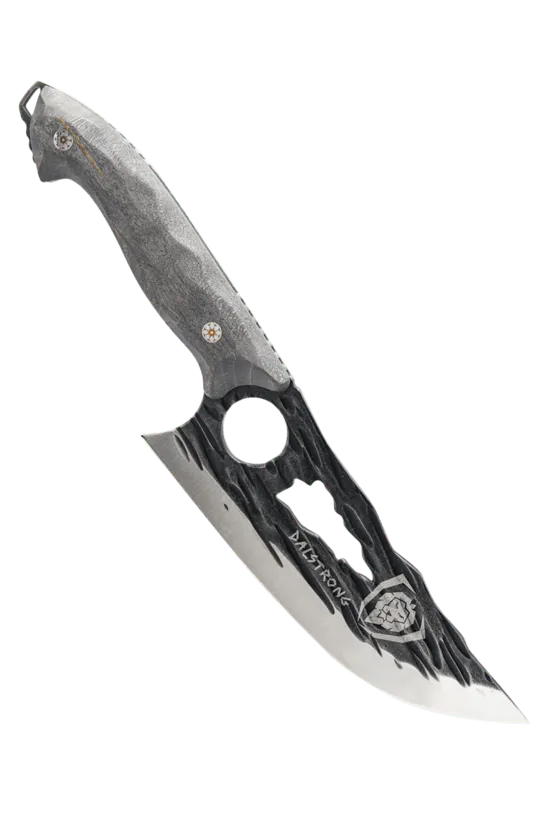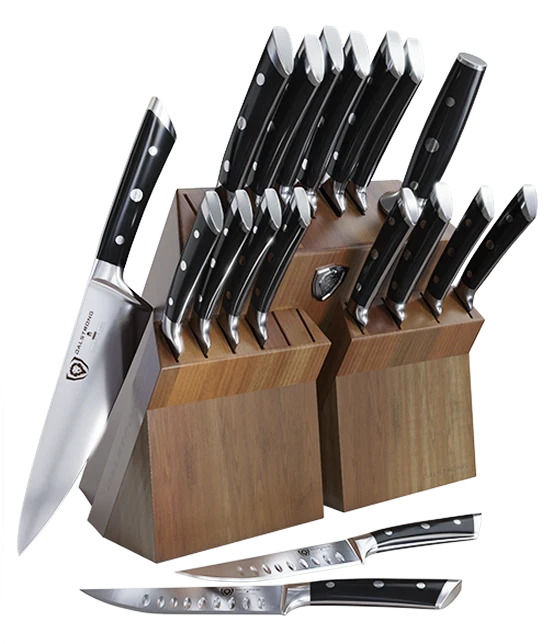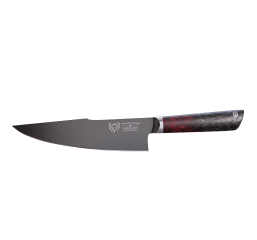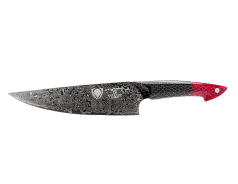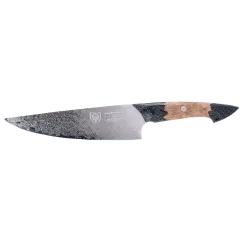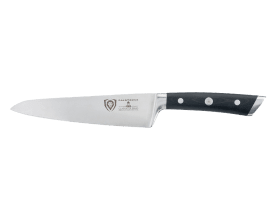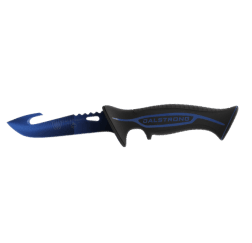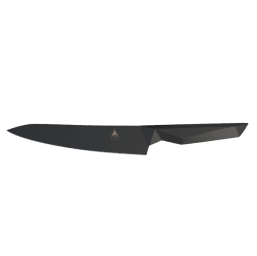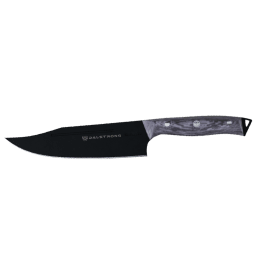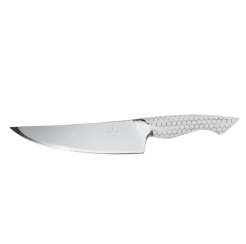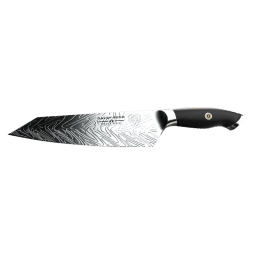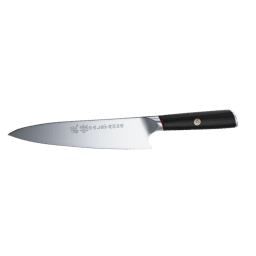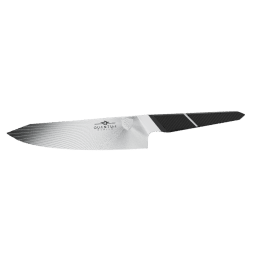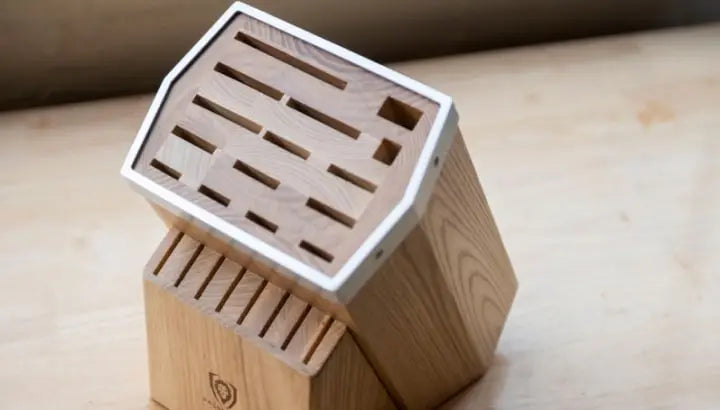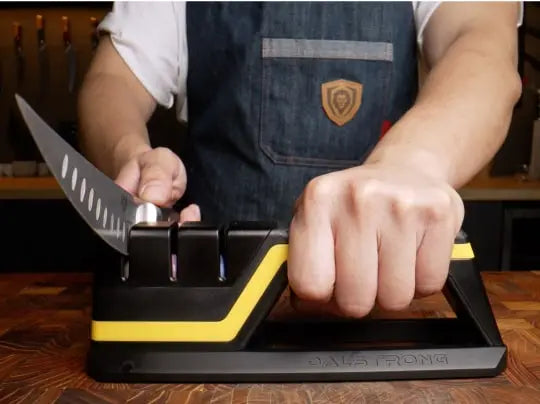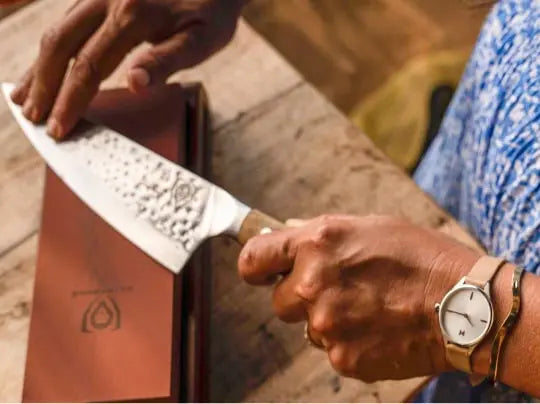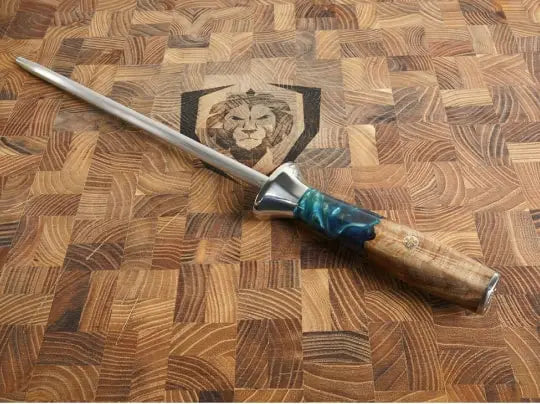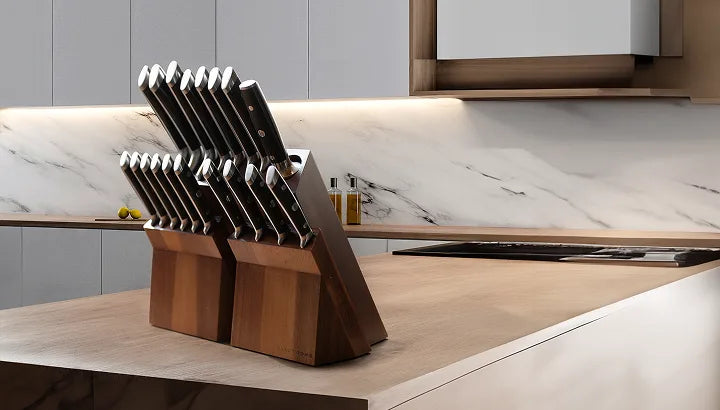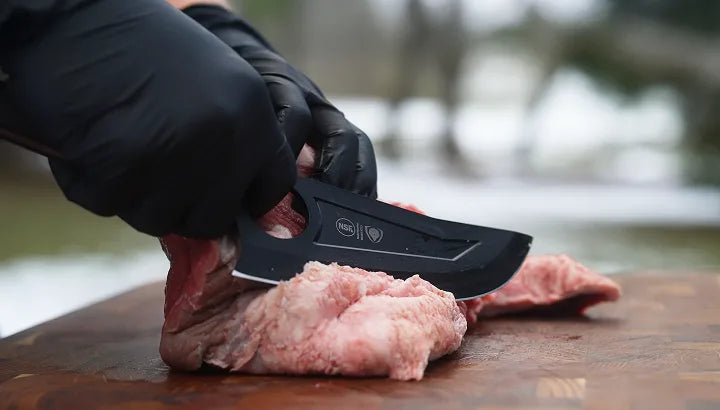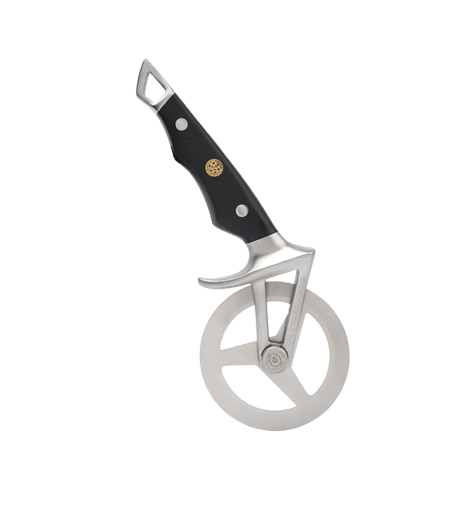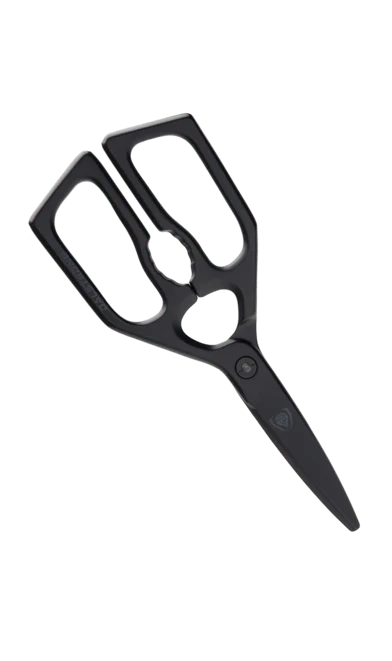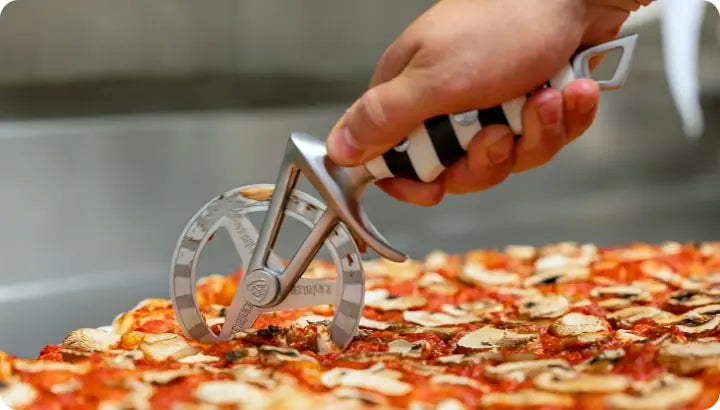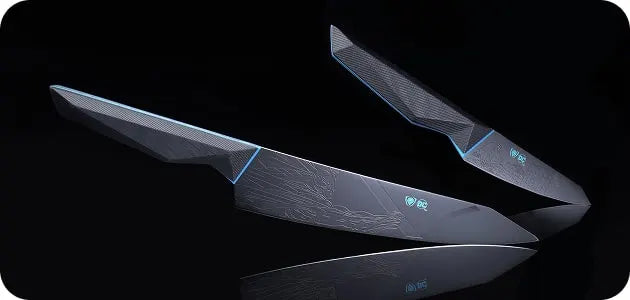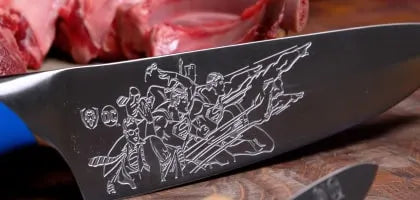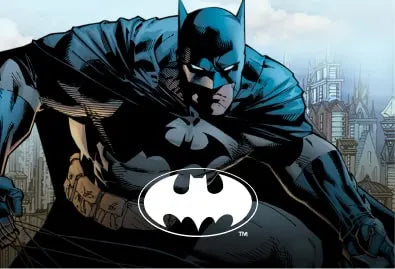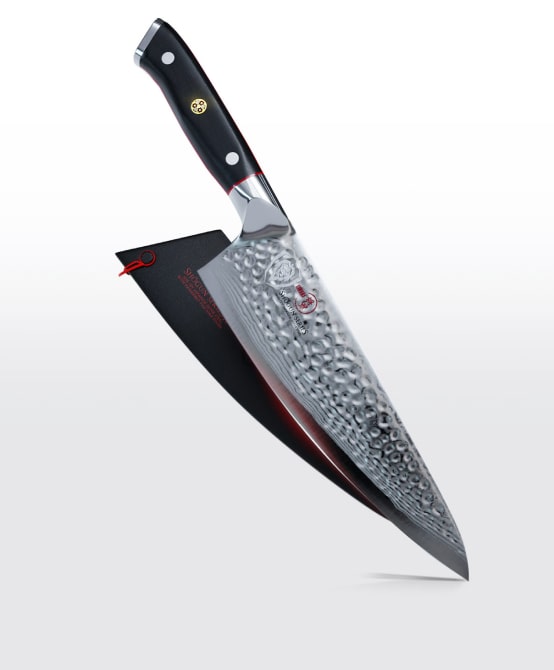
Choosing a knife is one of the most important decisions you’ll make as a chef.
"You can get away with just two knives if you have a good chef's knife,"
Justin Kowbel, Knife Crafter
As an all-purpose knife, you will use it in almost every meal prep. The choice you make will influence your efficiency, speed, comfort, and safety.
Before making a decision, you should look at:
- The length and material of the cutting edge.
- The handle and how comfortable it feels.
- The weight and balance of the knife.
Dalstrong uses premium materials with an ergonomic design to ensure you have higher quality choices. If you are looking to invest in a chef’s knife, read on to learn more about the making of the best chef’s knives in the market.
“If you are in need of a chef knife for every day or every other day use, the Gladiator Series is for you. And for the price, it is a fantastic value. If its a long-lasting chef knife meant for production-level cooking, or if you are someone who wants the best, then the Shogun Series X is your knife. Overall, the Dalstrong has made a strong impression on me and it is up to them to continue developing their brand to get the buy-in of professionals from both home and commercial use in order to take their brand to the next level.”
Characteristics of a Quality Chef's Knife
Blade Style and Material
The shape of the blade influences the rocking motion associated with the chef’s knives.
A distinguishing feature on the chef’s knife is the upward curve you see towards the tip or point. This shape exists to help you perform the rocking motion with ease. The shape and the tip ensure the knife doesn’t leave the working surface. You only need to lift the heel and move it slightly to the left or the right to make a cut.
Chef’s knives with a German origin feature a more curved edge than those from France.
The sharpness of the edge will often depend on the quality of the material of the blade. Some of the best blades are made of:
- Ultra-premium Japanese ‘super steel’ with a 62+ Rockwell hardness. Dalstrong then tempers the metal with liquid nitrogen to increase its crystalline structure. This gives you a harder, stronger, highly-durable, and flexible edge.
- High-carbon ThyssenKrupp German steel. With this material, you get an ultra-sharp, water, and stain-resistant edge. ThyssenKrupp stainless steel also delivers a thinner blade, suited to precision cutting.
- Japanese AUS-8 steel. Dalstrong uses a single piece of metal to create a narrow blade. This gives you a tool with better agility and maneuverability, the ideal companion in a busy kitchen. Each knife made from this metal is hand-sharpened to create a razor-sharp edge.
- 58+ Rockwell high-carbon German steel. Dalstrong coats the metal with titanium-nitride to create a black, non-reflective surface. The coating gives you a tough, corrosion-resistant, and non-stick black knife.
- Ultra-premium American BD1N-VX hyper steel. The manufacturing process for this knife relies on vacuum heat-treatment to create a sharp edge. In the manufacturing process, Dalstrong adds nitrogen to the metal, increasing its hardness and flexibility. This gives you an exceptionally wear-resistant tool.
Handle Style and Ergonomics
An ergonomic handle makes your work easier. Every chef’s knife you buy should have a handle that fits perfectly into your hand.

Image source: ergo-plus.com
An ergonomic handle will:
- Feel natural and comfortable in your hand. It should feel like a natural extension of your body.
- Offer enough clearance on the underside for your knuckles. This prevents you from banging your knuckles as you work.
- Help you maintain a neutral position to protect your wrist and arm from injury, especially if you spend a lot of time prepping food.
Every chef’s knife from Dalstrong respects the principles of ergonomic tool design. Before you choose, review different knives and their handles to identify which one suits you.
Weight and Balance
Your chef’s knife should feel comfortable, like an extension of your hand. This ‘natural and comfortable’ sensation depends a lot on the weight of the knife.
Some chefs believe a heavier knife ‘falls’ with more force, cutting through foods with ease. Another school of culinary experts believes a lighter knife gives you more control. Your choice will depend on your experience and preference.
Since this is one of the knives you will use almost on a daily basis, you need to know what feels right.
Your choice and preferences will also influence how balanced the knife feels. Chef’s knives can be as small as 6” and as big as 10.25”. The knife’s balance will depend on the size, and weight, of the blade and the handle, in relation to each other.
At Dalstrong, there is an extensive selection of knives of different sizes made from a wide variety of quality materials. Look around to get the perfect companion for your culinary exploits.
Other Parts of a Chef's Knife

Image source: finecooking.com
A good chef’s knife will have other elements that also influence its quality and effectiveness.
The Bolster: This is the thick, metal part where the blade meets the handle. It adds strength and stability while also protecting the fingers on the gripping hand. It is also a big distinguishing factor between chef’s knives and santoku knives, the Japanese all-purpose knife.
The Heel: The heel is the thickest, broadest, and heftiest part of the edge. It comes in handy when you have tasks that require a little force such as cutting through the rind of a squash.
The Spine: This is the top part of the knife and often features a squared edge. It should be blunt and smooth as you do not want it to irritate the gripping hand.
How to Care for a Chef's Knife
Creating a bond with your chef’s knife is inevitable. The best way to prepare for this inevitability is to invest in a good quality knife and take care of it.
You can prolong the life of your ‘culinary best friend’ by:
- Handwashing your knife after every use and leaving it to dry before storing it. A dishwasher can damage most premium knives and their handles. Even though most premium handles are water-resistant, you are better off skipping the dishwasher. Plus, it gives you an opportunity to spend a few minutes appreciating your ‘best friend’.
- Following the knife’s care manual to the letter. As a vote of confidence in their quality, Dalstrong offers a lifetime warranty on all their knives.
- Storing your knives properly to protect them from premature dulling. In a stationary kitchen, you can store them in a knife block or stand. If you are constantly on the move, you should invest in a good quality knife roll.
- Using the right sharpening tool for the blade you choose. Some blades work better with honing rods and steels while others work better with whetstones.
Brands invested in the longevity of their knives will always equip you with the basics needed to maintain their products.
Invest in a Quality Chef's Knife
"A sharp knife, and the right knife for the task at hand, is the chef's most important tool,"
As one of the most popular tools in the culinary world, the chef’s knife you choose can make or break your career.
With leading brands such as Dalstrong, you get to choose from their wide selection of chef’s knives.
Dalstrong invests in design and premium materials, spoiling you with high-quality choices. We further guarantee quality and world-class craftsmanship with a lifetime warranty.
At Dalstrong, you can make your choice based on:
- The length and weight of the knife.
- The type of material used on both the blade and the handle.
- The color of the knife.
- The type of point used on the knife.
With such a wide selection of quality knives, you can make your decision based on your style and preferences. Make the investment today and buy a Dalstrong chef’s knife.




